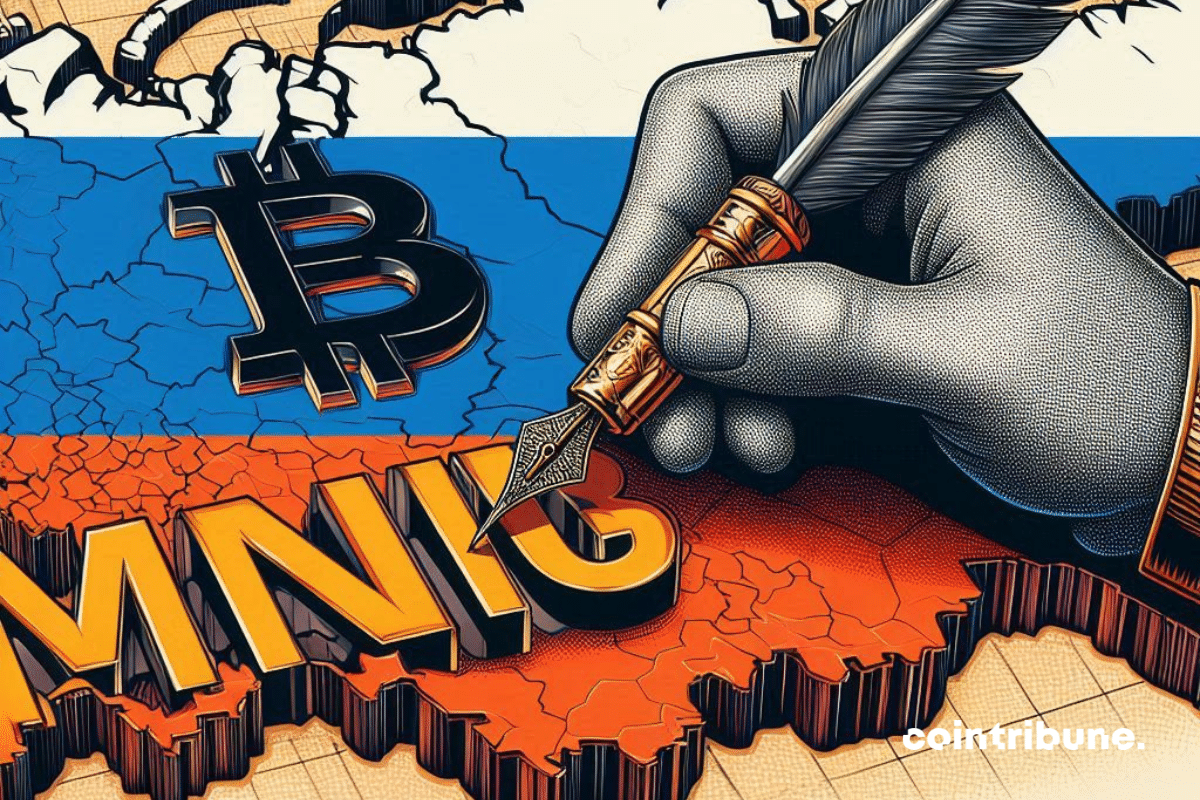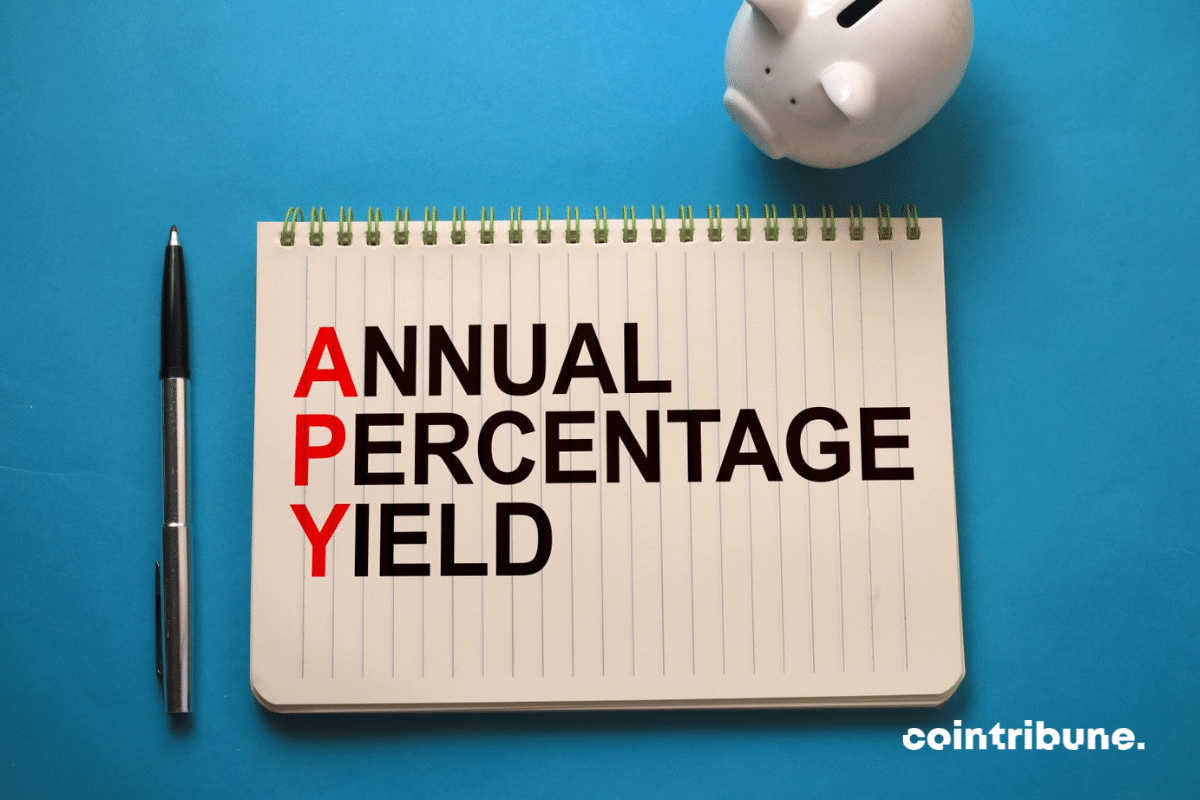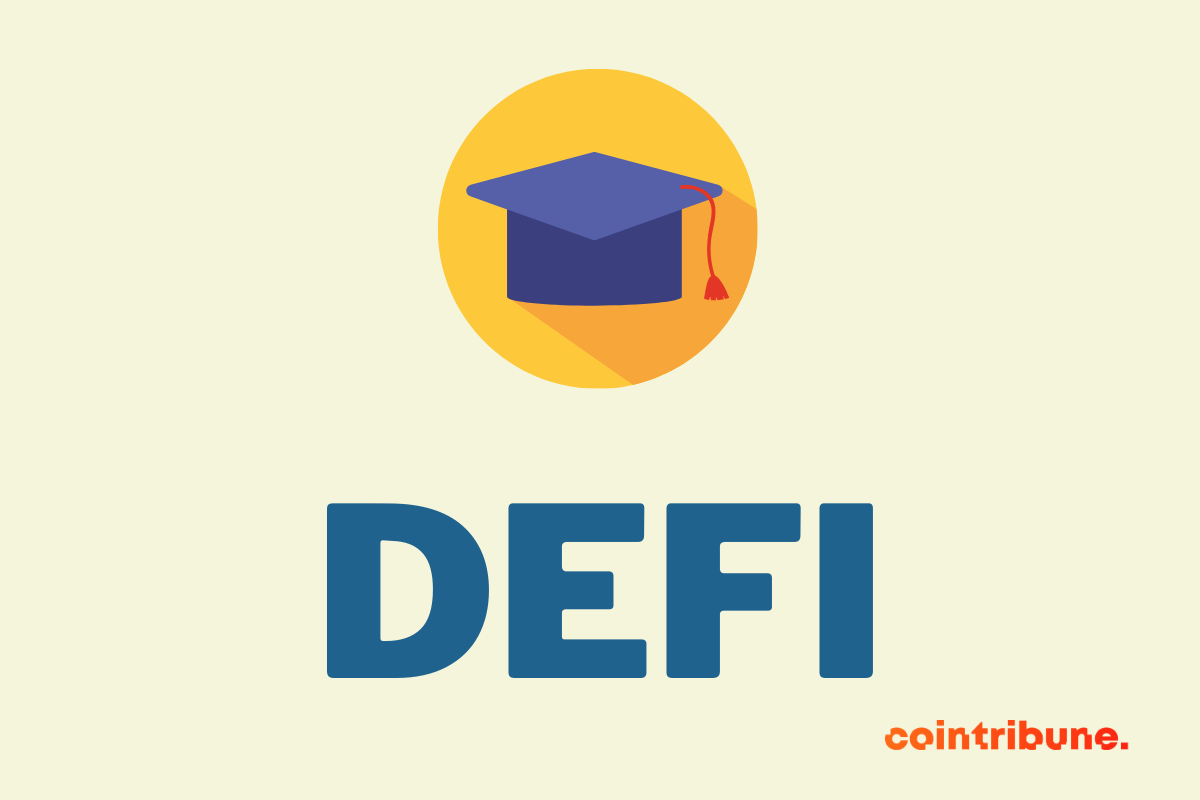In Russia, it's no joke anymore: Putin is cracking down on crypto mining with strict rules. No more tranquility.
Archive October 2024
APY is the abbreviation of the English term "Annual Percentage Yield", which can be translated into French as "annual percentage return". This term is used when one decides to lock their cryptocurrencies for a certain period of time in exchange for interest. Nonexistent just a few years ago, this new type of investment is becoming increasingly popular, and many platforms are starting to offer it to their users.
Token exchange on DeFi platforms is an essential practice for anyone interested in decentralized finance. These platforms provide a direct and secure way to conduct transactions without intermediaries, thereby revolutionizing how digital assets are traded. This article offers a practical and detailed guide for performing swaps on DeFi platforms. Aimed at both beginners and experienced users, this guide covers all the necessary steps to execute effective and secure exchanges, emphasizing the understanding of the mechanisms and key strategies in the world of DeFi swaps.
On October 21, a sudden move of Bitcoin towards $69,000 reignited investor attention. This rally, which comes after months of stagnation, is not just a technical flare-up but a reflection of deeper underlying dynamics. According to a recent report by Glassnode, one of the leading on-chain analytics firms, this surge is not a matter of chance. The data reveals encouraging trends in terms of capital inflow and institutional positions, suggesting that this rally could have solid foundations.
Decentralized finance (DeFi) has radically changed the landscape of digital investments, and DeFi Saver positions itself as a key player in this expanding universe. This platform offers advanced tools for managing and optimizing cryptocurrency assets, thus attracting the attention of both novice and experienced investors. This article aims to dissect DeFi Saver by examining its main features, its impact on asset management, the initial steps for new users, and the challenges and limitations it presents.
Decentralized finance (DeFi) has revolutionized the world of blockchain and cryptocurrencies, offering unprecedented investment and financial management opportunities. However, with the rapid emergence of numerous DeFi platforms, choosing the one that best suits each user’s personal needs can be complex. This choice involves considering various key factors. In this article, we explore these main aspects to help you select the platform that best aligns with your financial goals and investment style.
Decentralized finance, or DeFi, has quickly become an essential component of the modern financial landscape. With its promise of greater accessibility and transparency, DeFi attracts a growing number of professionals and enthusiasts. However, diving into this innovative world requires a clear understanding and mastery of the underlying concepts and technologies. In light of this necessity, it is important to turn to appropriate training programs. This article aims to guide readers through the various training options in DeFi while providing practical advice on how to choose the program best suited to their goals.
Many DeFi protocols offer impressive and often impossible returns in the banking system. These returns, which can be in the double or triple digits, lead many users to believe that DeFi is the realm of easy money. To avoid disappointment or even losing money, it is crucial to understand where these returns come from. It is essential to keep in mind that there is no magical money. The Luna disaster, whose distant origins include the excessive yield of Anchor for stablecoin, should make us aware of this statement and bring us back to reality.
Decentralized finance, or DeFi, has emerged as a transformative force in the world of finance, challenging traditional models through blockchain technology. This digital revolution offers an alternative to established financial systems, emphasizing transparency, efficiency, and accessibility. However, with this rapid innovation come unique challenges in terms of security, regulation, and adoption. This article explores the latest statistics and growth of DeFi, examines current trends, and discusses forecasts for its future.
Decentralized finance (DeFi) has revolutionized the investment world, providing an alternative to traditional financial systems through blockchain technology. However, this innovation comes with certain challenges, particularly in the areas of taxation and regulatory compliance. DeFi users must navigate a complex and ever-changing tax environment while managing the risks associated with these new forms of investment. This article explores the fundamentals of DeFi, the specifics of its taxation, as well as the tax reporting practices that users must comply with.









